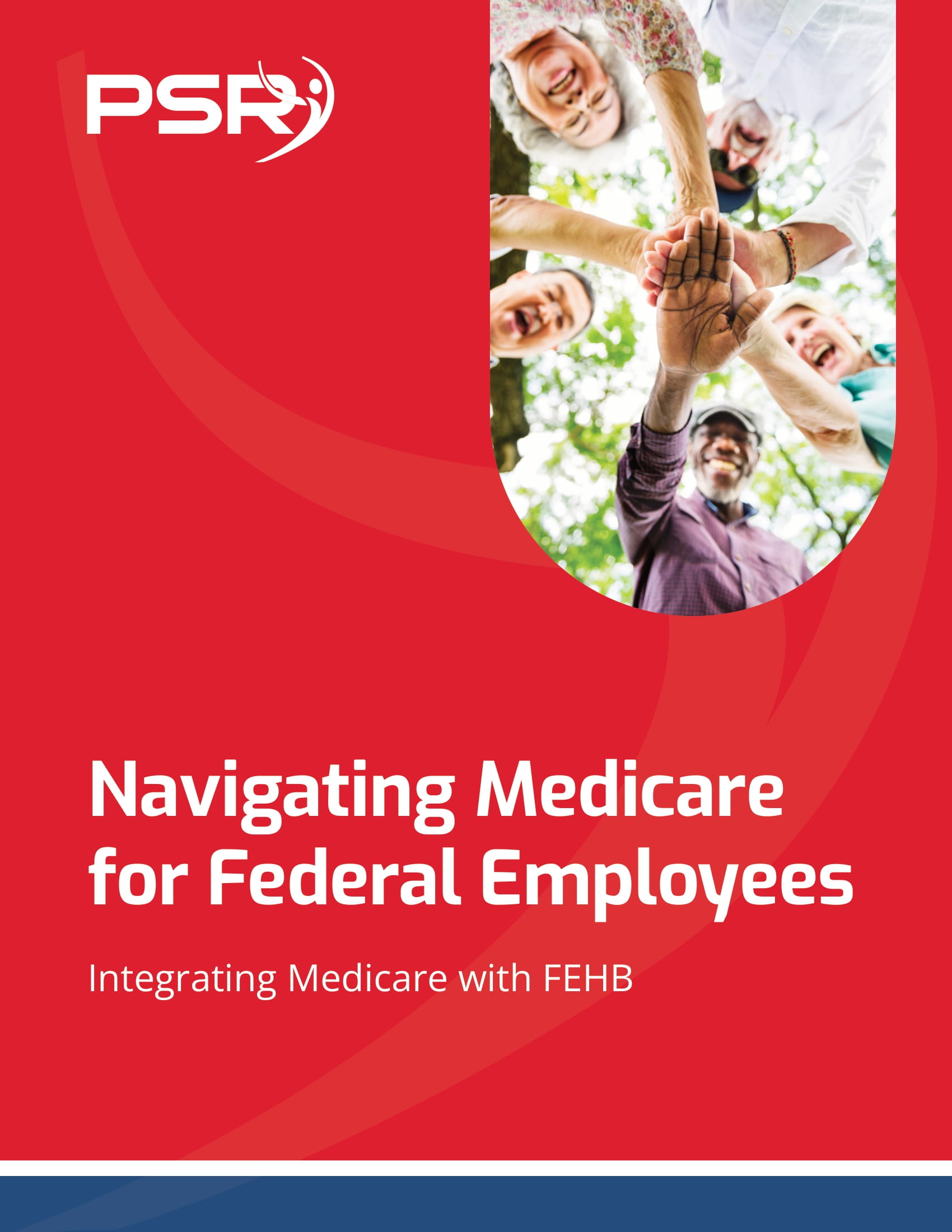[vc_row][vc_column width=”2/3″ el_class=”section section1″][vc_column_text]Michael Wood has been a licensed professional for almost 20 years, and he has focused exclusively on those consumers who are close to or already retired.
Individuals that are still married during their retirement can give a full survivor annuity for their spouse. This is unless of course a court-ordered divorce settlement has barred them or an agreement is reached with the spouse to receive a lesser amount in writing.
Under CSRS, full survivor annuity is 55 percent of your base annuity, and 50 percent under FERS. A survivor annuity that is reduced under CSRS can be in terms of a percentage of any base you elect or in a specific dollar amount. Selecting a specific dollar amount can be as low as $1 every month. Under FERS, 25 percent is the only possible reduced annuity.
- Also Read: FAA, Law Enforcement, and Special Federal Employee Categories—Here’s What Makes Their Retirement Unique
- Also Read: Blending Private and Public Sector Retirement Plans Is Complicated—Here’s Where Couples Get It Wrong
- Also Read: The Silent Shift in Postal Service Retirement Benefits That Could Change Everything by 2026
To CSRS retirees, OPM applies a formula to determine the reduction to be made to your annuity. The reduction under CSRS should be 2.5 percent of the first $3,600 you elect, plus another 10 percent of the amount that is above $3,600. This reduction would be less complicated under FERS. For a 50 percent survivor benefit your annuity would be reduced by 10 percent and 5 percent for a 25 percent benefit.
A majority of retirees elect a full survivor annuity for their spouses, and it is a good reason to elect a small survivor annuity rather than not have one at all. To do so can preserve entitlement of your spouse to have coverage under the Federal Employees Health Benefits program. This is unless your spouse has an entitlement to the coverage in his or her own right as federal employee or retiree. Your surviving spouse would receive an annuity that can allow them to continue with that coverage after your death.
A CSRS survivor that has an annuity that is reduced substantially would be required to pay premiums directly to OPM if they have an elected reduction that is small to cover them. Survivors from FERS are typically less likely to have problems to pay for these premiums under the reduction of 25 percent.
Survivor annuity benefits are raised by cost-of-living-adjustments on an annual basis regardless of the survivor age.
Contact Michael Wood
[email protected]
[/vc_column_text][/vc_column][vc_column width=”1/3″][vc_single_image image=”34346″ img_size=”292×285″ style=”vc_box_shadow”][/vc_column][/vc_row]











